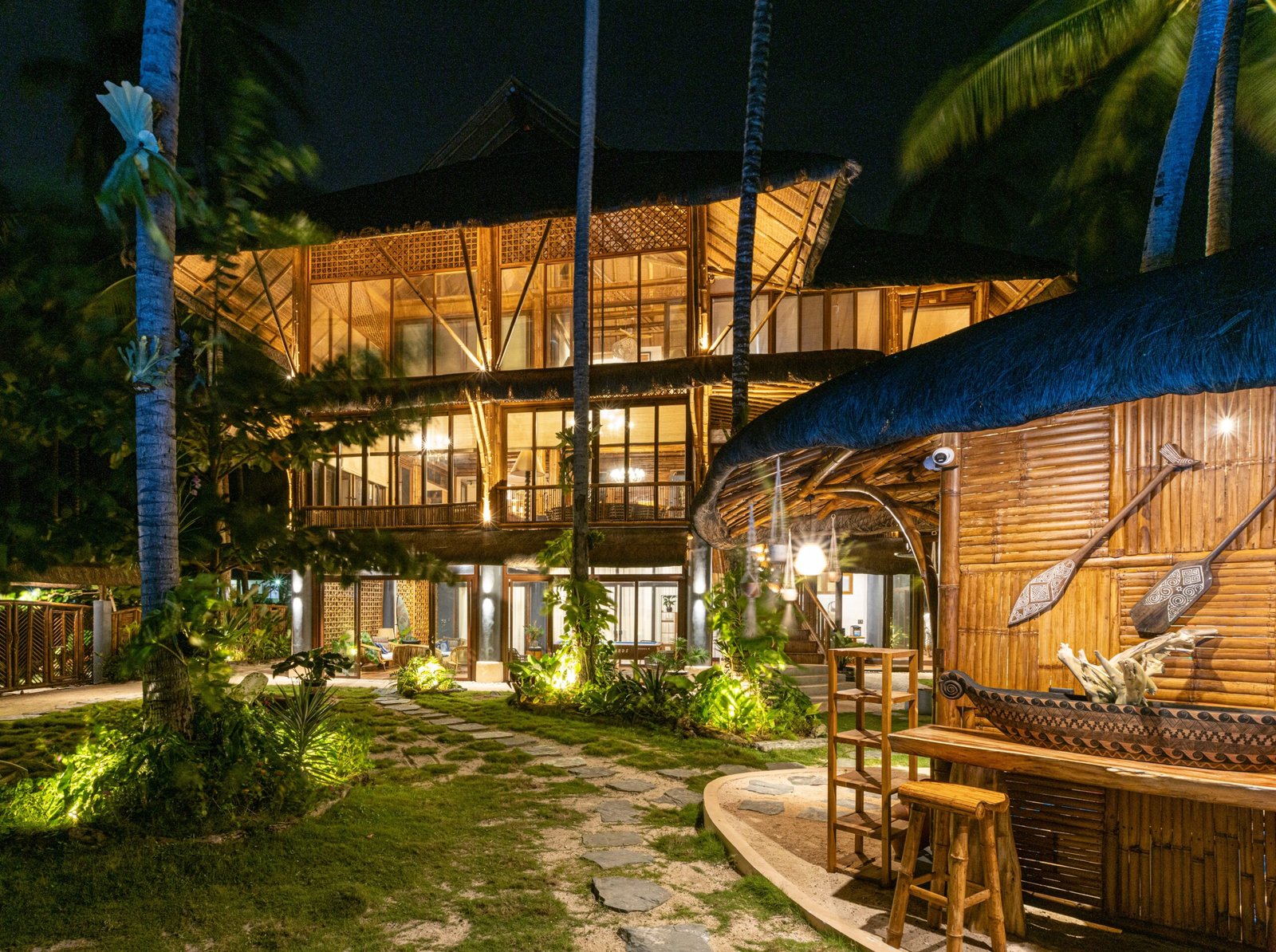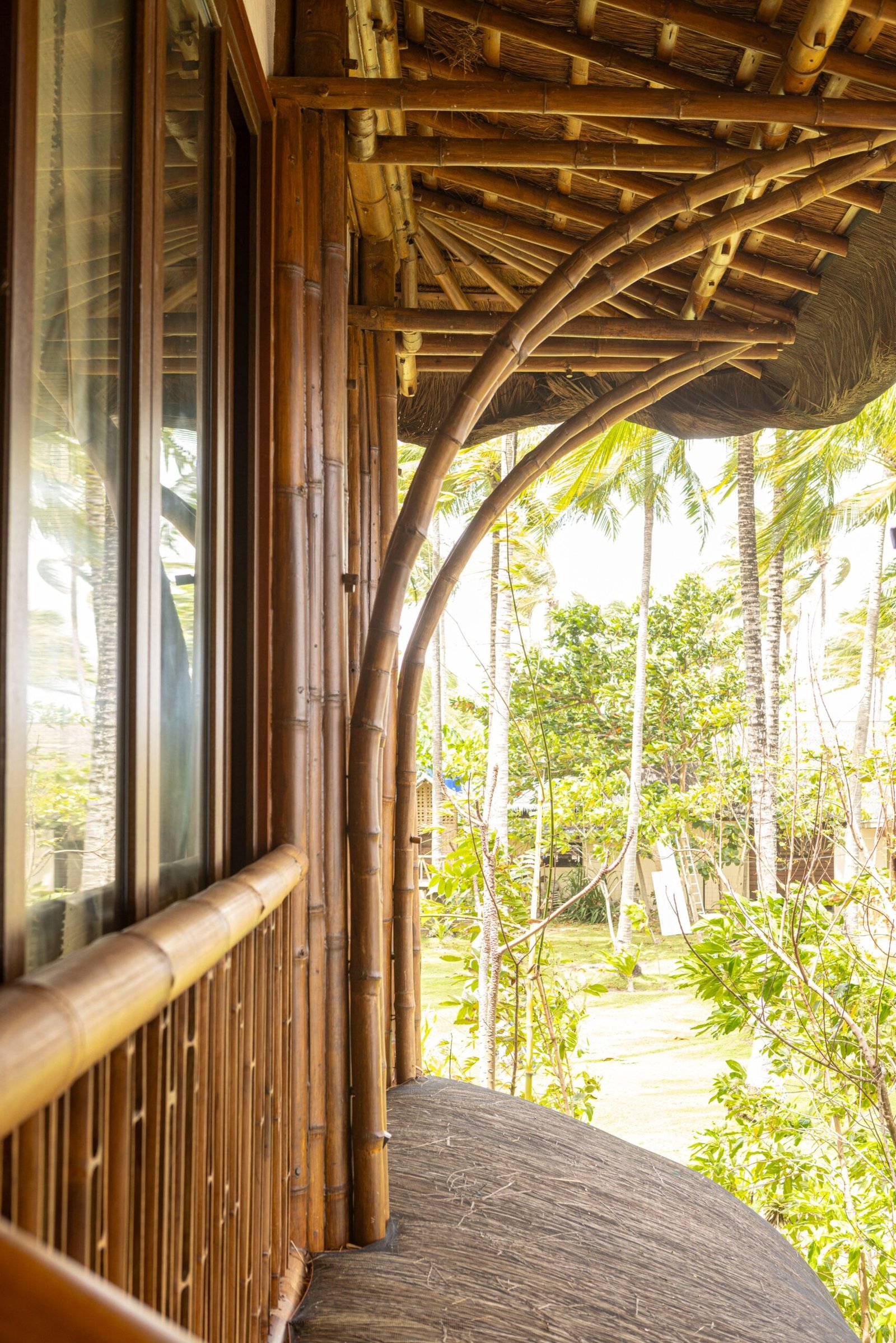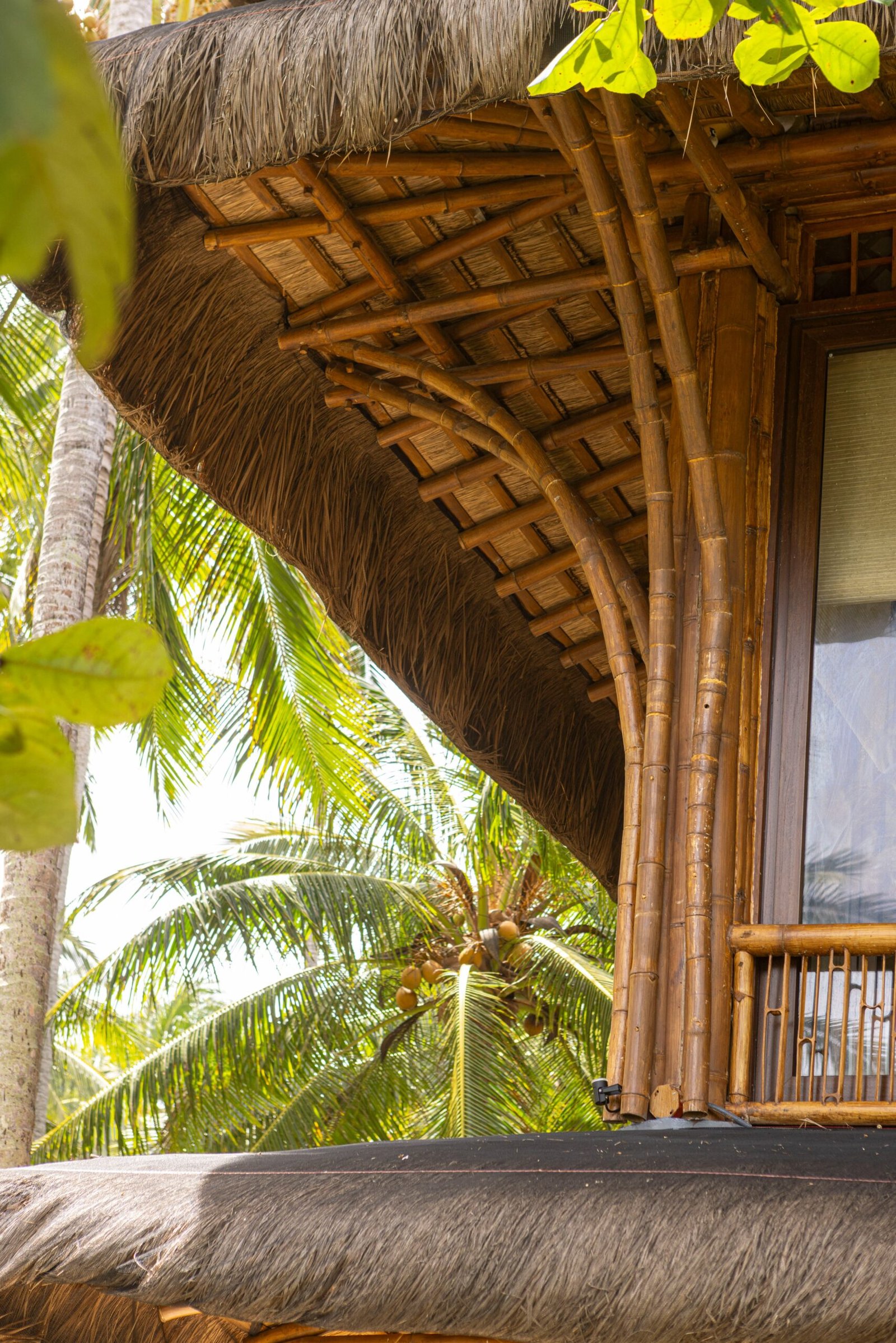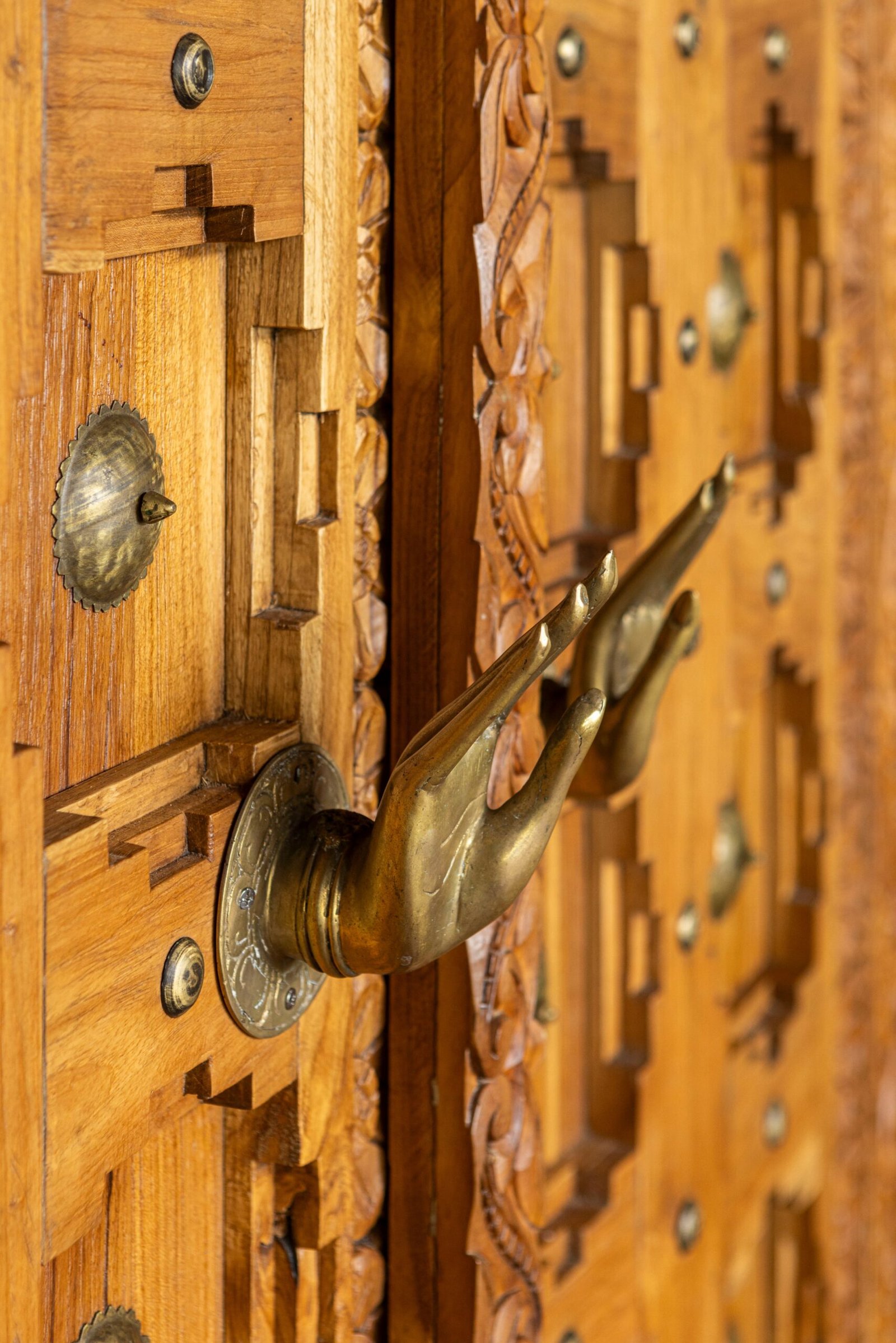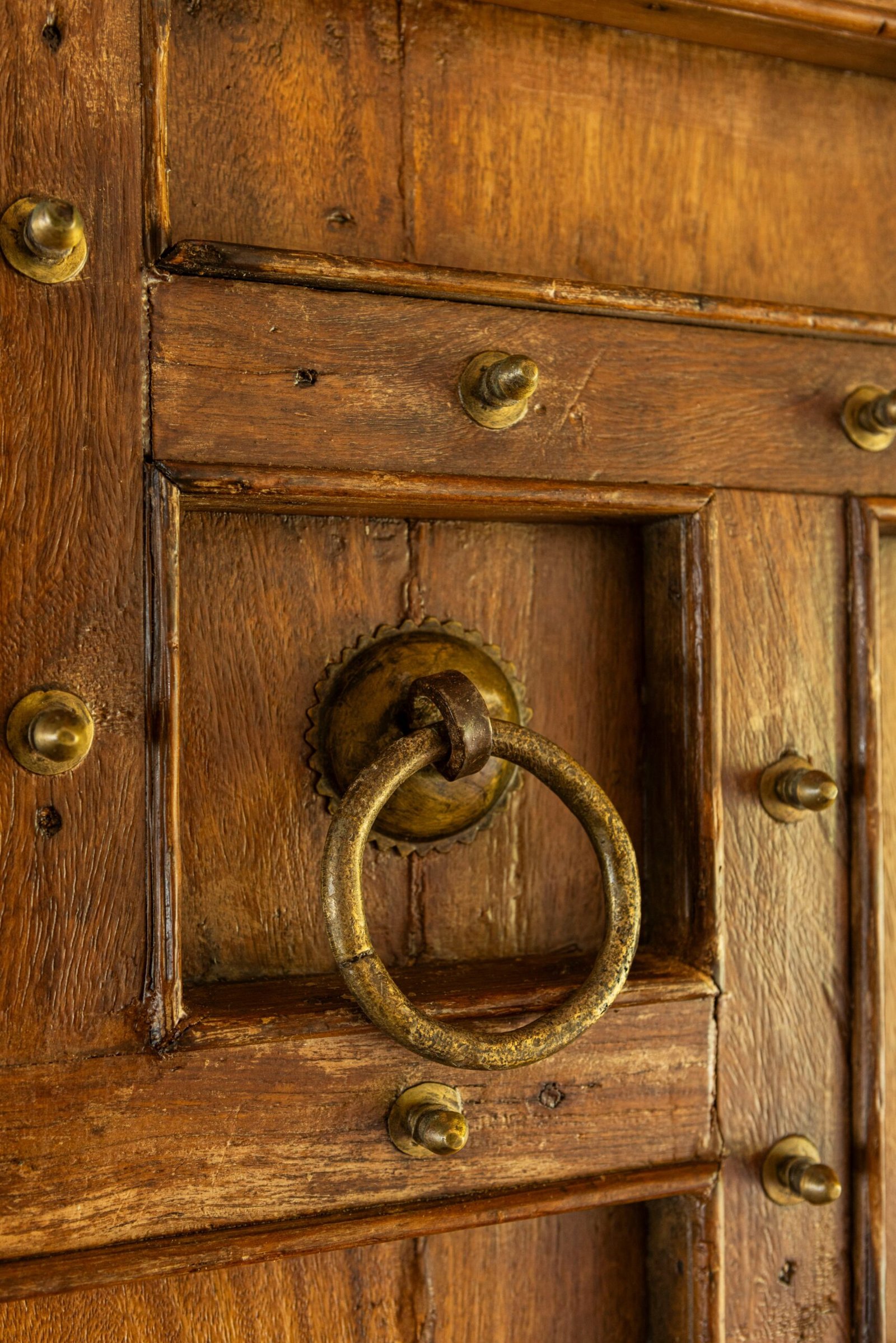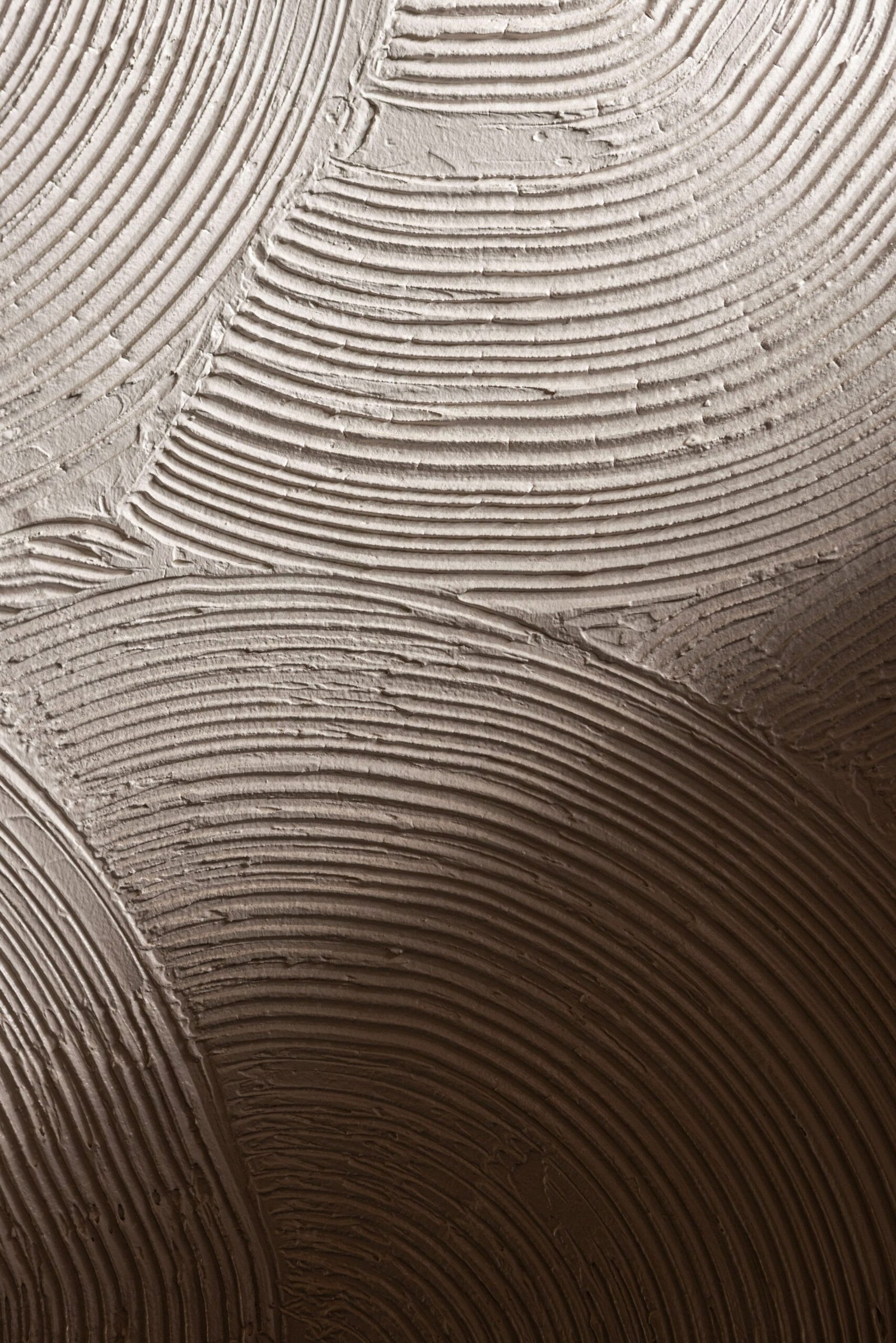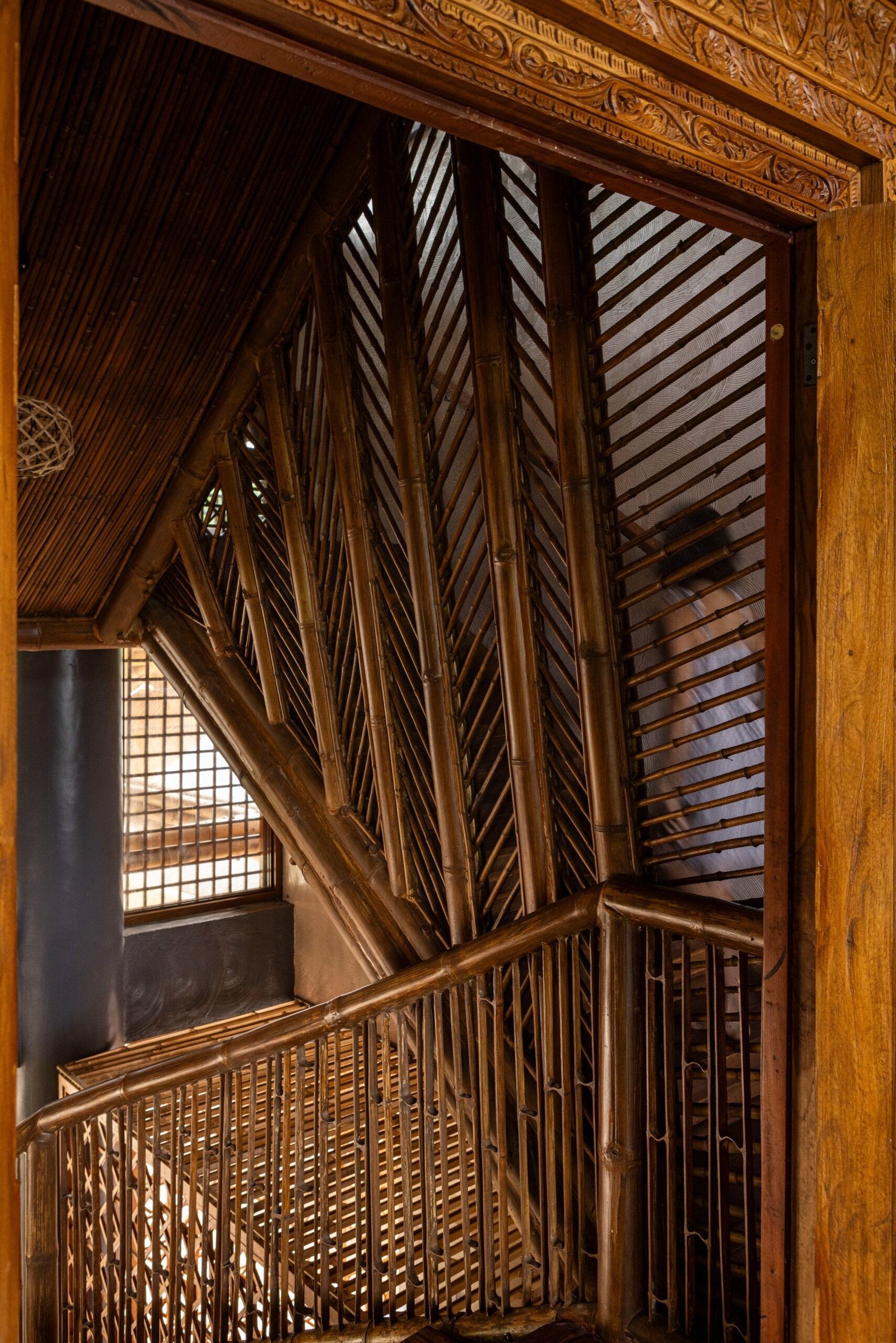Words and images Jar Concengco (Design Will Save The World)
Editing The Kanto team
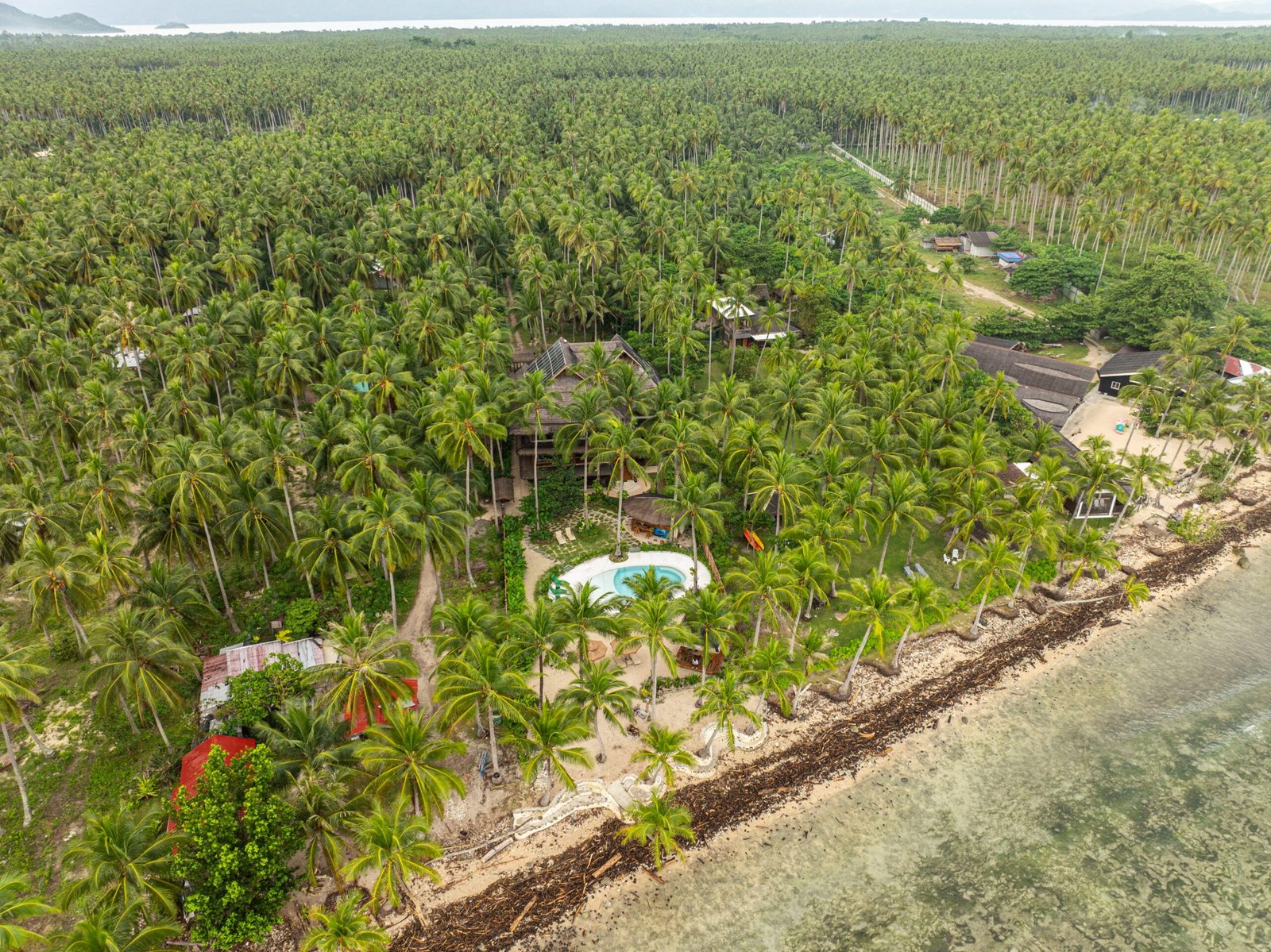

“Good design will define how you fill the space with memories,” says sustainability advocate Celina van Dierendonck.
She and her husband Alec recently built a three-story home along the coast of Mati, a quiet town southeast of Davao City. Constructed from 5,000 bamboo poles, the house blends seamlessly with the towering coconut trees around it. Named Aman Sinaya, after the Philippine goddess of the sea, the home is designed to connect directly with water. Though it faces the famed Mayo Bay—once declared one of the world’s most beautiful bays—it also features a kidney-shaped saltwater pool. Both avid surfers, the couple relish the sun and sea, and their children spend much of their time outdoors when they’re home. For Celina, this house is a deliberate pause, a place to slow down and reconnect with nature.
“Mati has a laid-back beach vibe,” she explains. “It reminds me of the popular spots we visited 25 years ago—places like Palawan, Bohol, and Boracay. You can still buy barbecue from roadside stands, watch kids playing in the waves, and enjoy a sense of wildness that hasn’t yet been tamed.”
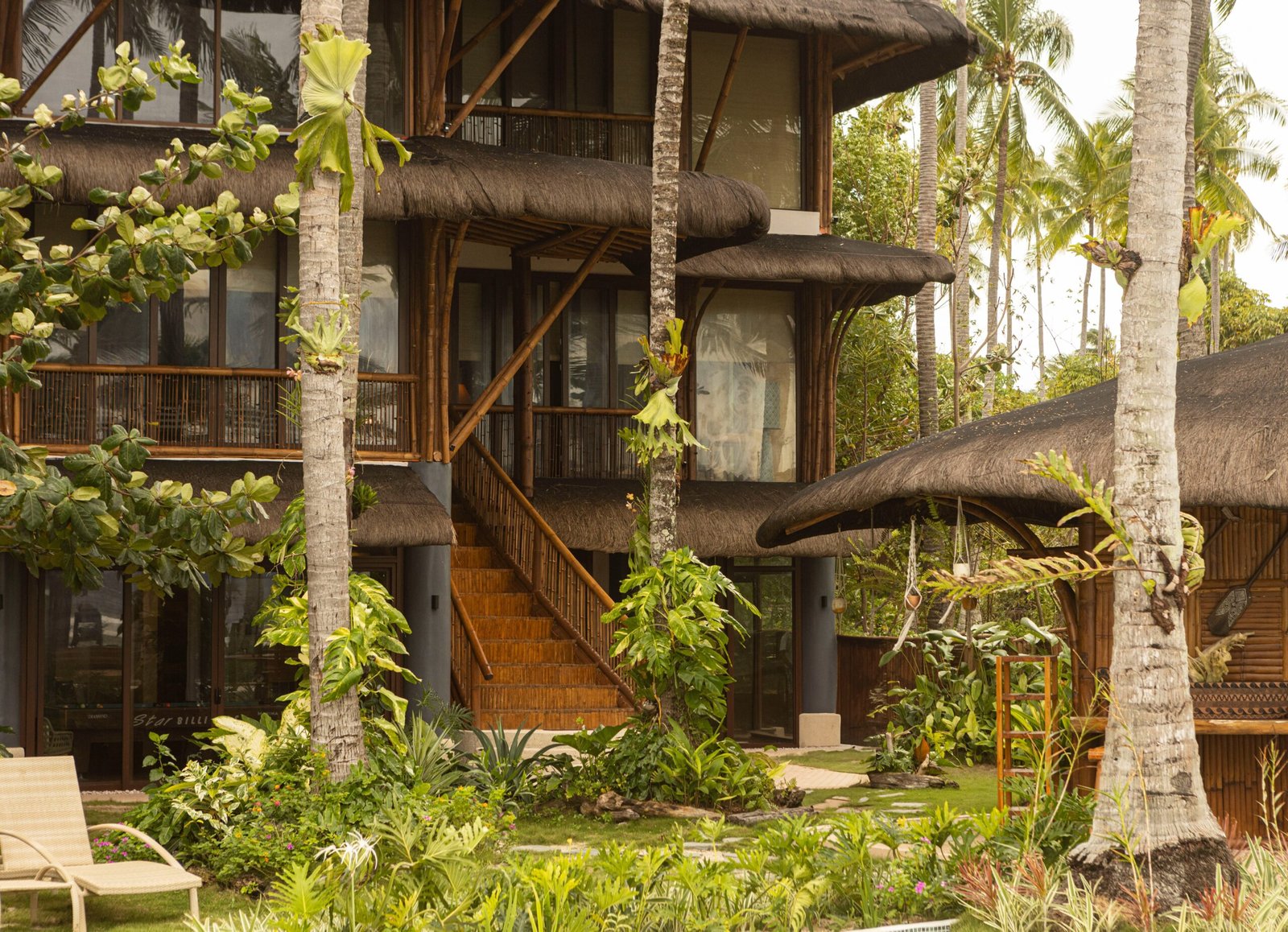

They wanted their home to reflect that wildness through its materials. Bamboo, with over a hundred species native to the Philippines, is celebrated for its sustainability. When properly treated, it endures the elements and can last a lifetime. The van Dierendoncks’ interest in bamboo grew during the pandemic after they attended the Bamboo Bootcamp at Hayag Farm School in Davao, where they learned about cultivation, processing, and the practical uses of the material.
Their fascination quickly deepened. “Once you learn to work with bamboo—seeing it grow, harvesting it yourself, discovering its many uses—it’s impossible not to love the material,” Celina says with a smile. “We were hooked, and knew we had to call Carol Karthe to make bamboo the primary material for the house.”
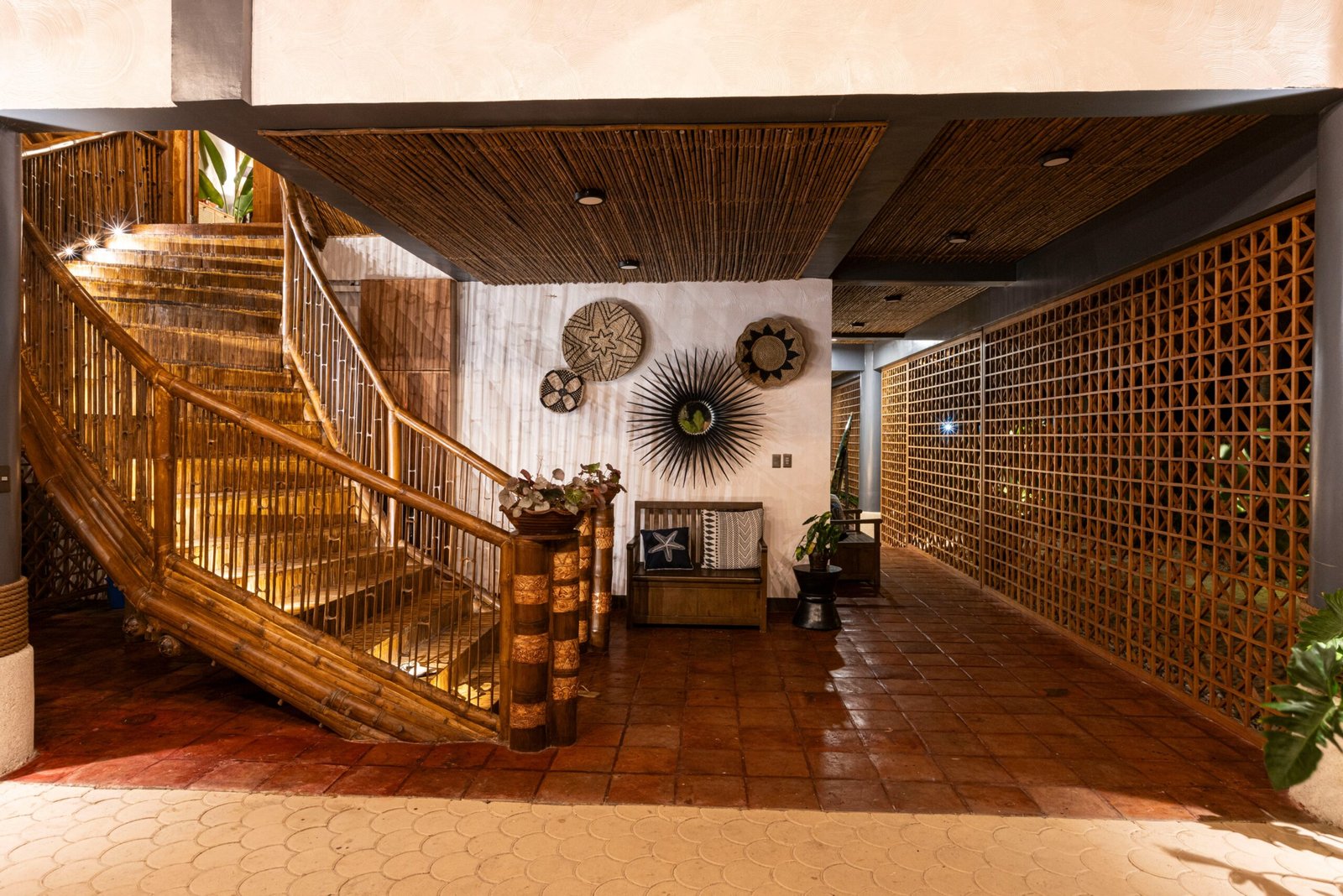

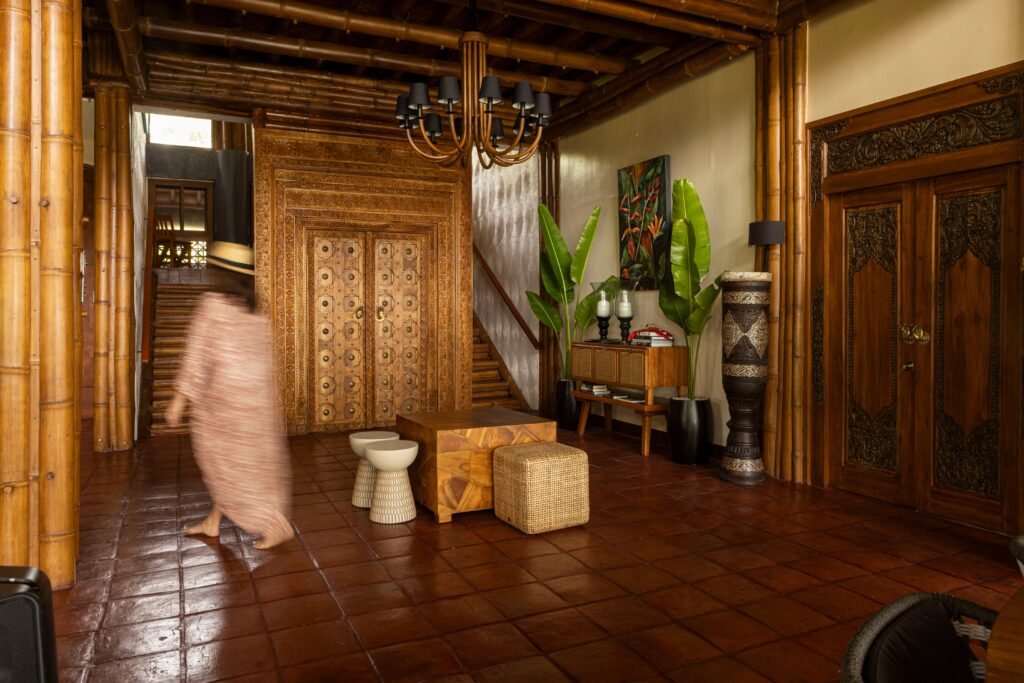
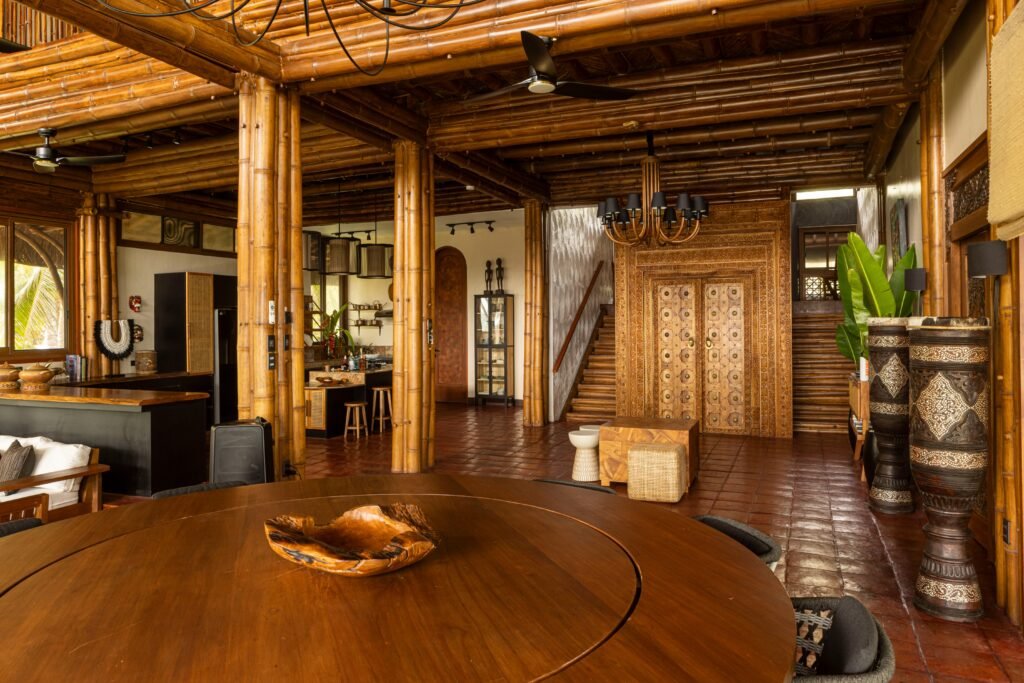

Design consultant and interior curator Carol Karthe took on the challenge, adjusting the design mid-project to feature bamboo as the main structural element. “This bamboo house is an interpretation of the Filipino bahay kubo,” Karthe explains. “It has a rectangular plan with a steeply pitched roof, designed for the tropical climate. The structure stays cool and shelters the home from heavy rains. Its open layout encourages natural ventilation and fosters communal living.”
The main living area is elevated off the ground, echoing the traditional bahay kubo. A curved bamboo staircase leads through a carved wooden door with bronze mermaids as handles into a room with a high ceiling and expansive ocean views. The open floor plan includes a dining area with a round, ten-seat wooden table, a sunken living room, and a kitchen. Bamboo columns punctuate the space, while long bamboo beams stretch overhead. Terracotta floor tiles warm the space, complemented by wrought iron chandeliers. Bamboo balustrades, sliced lengthwise, line the operable windows.
“We knew early on we’d invest heavily in glass to bring the outside in,” Celina explains. “Carol Karthe is a lifestyle designer, and I appreciate how she creates mood and spaces where memories can form.”
The sliding windows not only frame the ocean but also allow fresh air in, while smaller transom windows bring in natural light. Strong winds hit the area for half the year, so the couple kept many trees on the property to serve as windbreaks. Because of this, they rarely open all the windows at once to stay cool.


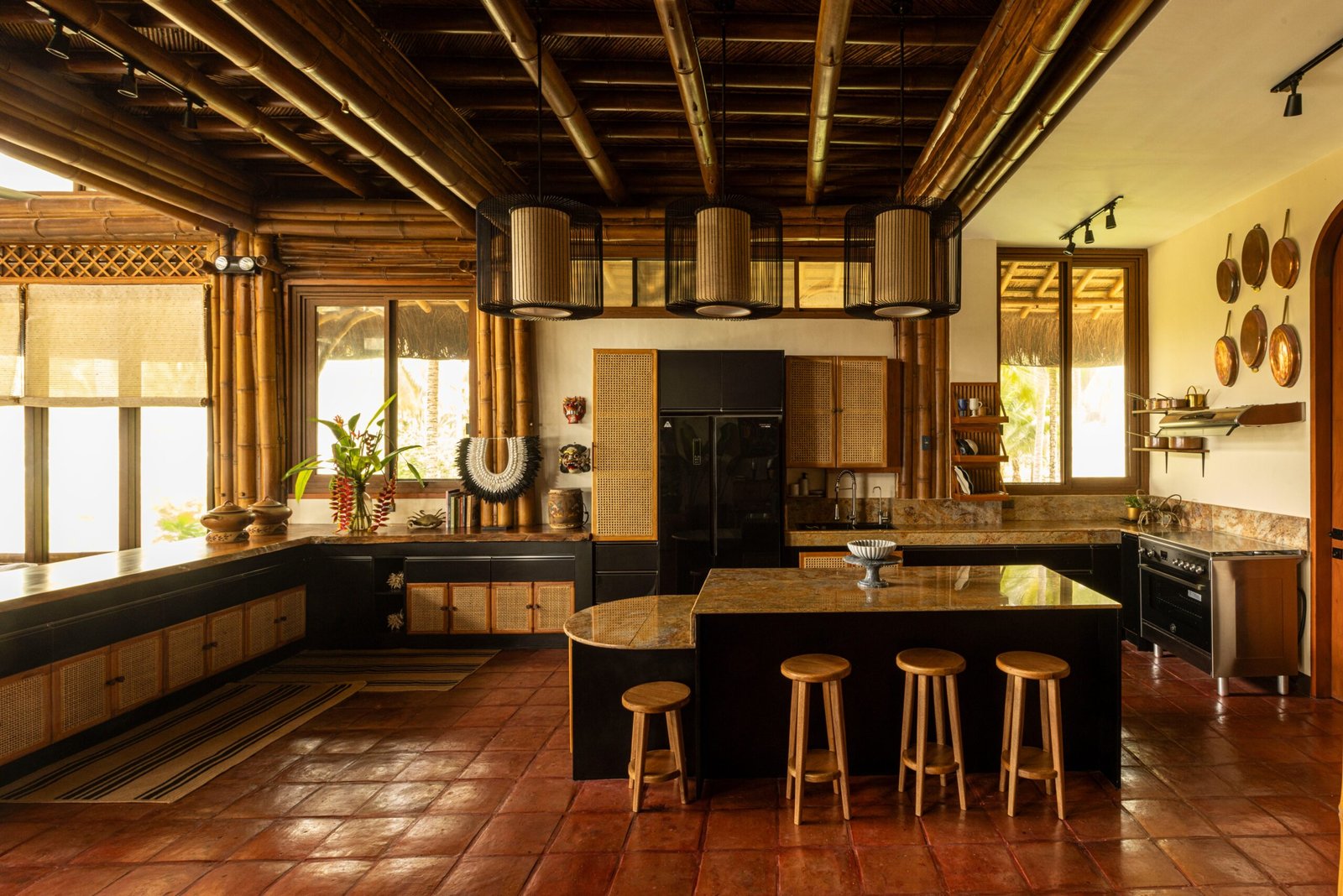
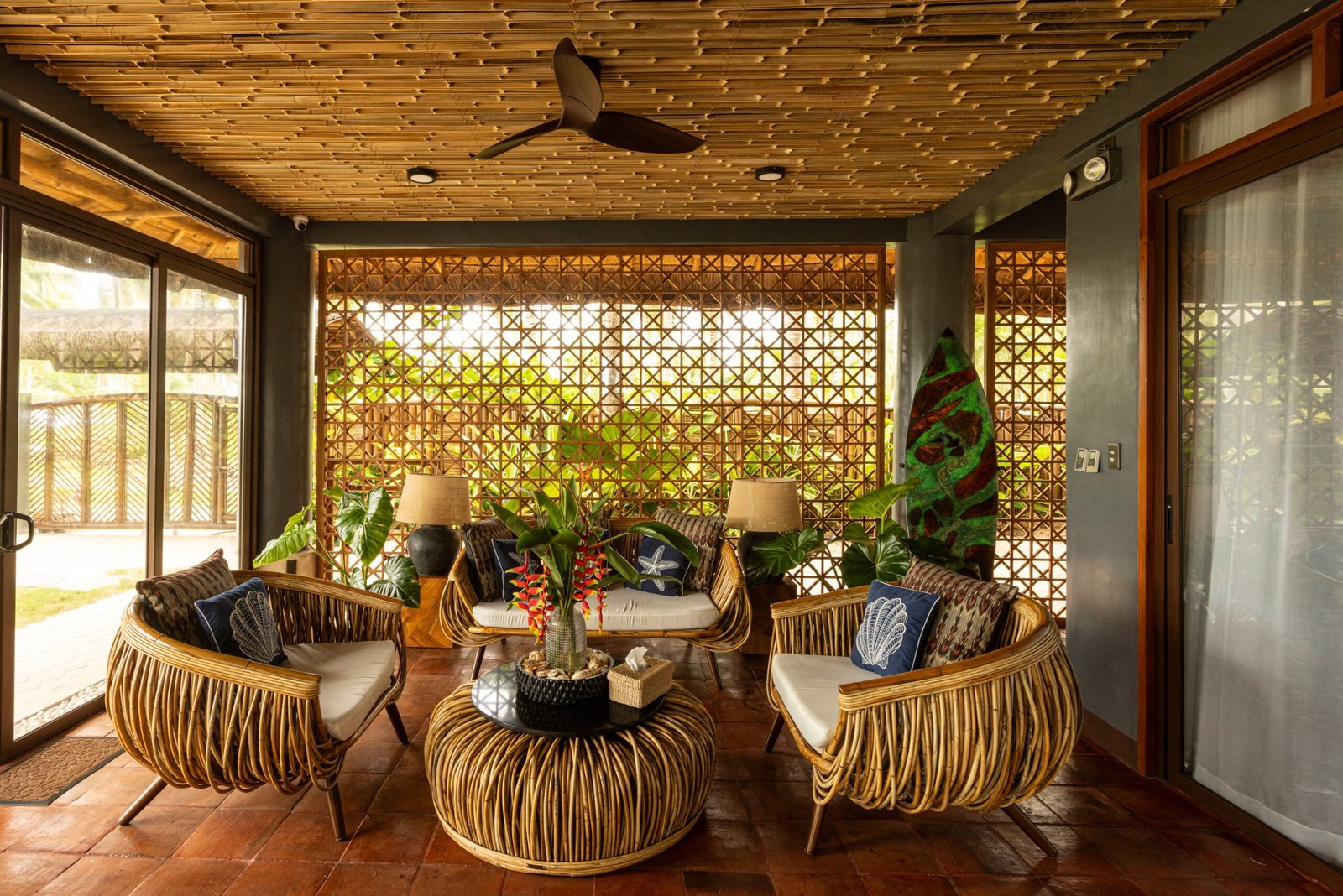
“Once you learn to work with bamboo—seeing it grow, harvesting it yourself, discovering its many uses—it’s impossible not to love the material.”
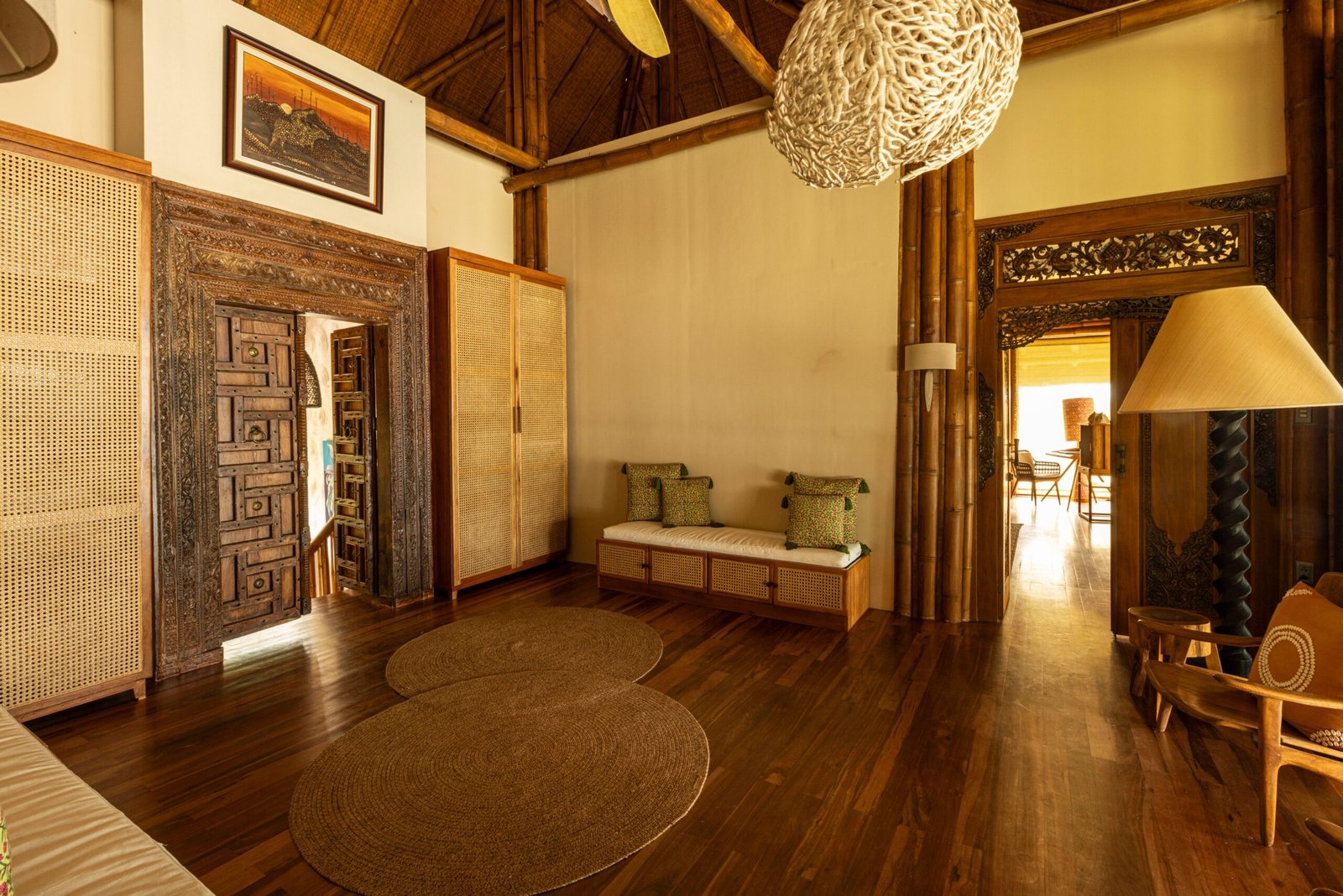

The sunken living room—a nod to mid-century design—adds warmth and intimacy to the otherwise open space. Lined with a sofa and throw pillows in Ikat weaves by T’nalak Hub, it’s a cozy nook for reading or hosting friends. Flanking the main door are twin staircases leading to the third floor, where the primary and children’s bedrooms are located. Textural fan patterns adorn the walls, and bamboo balustrades frame the landings.
The guest ensuite on the second floor mirrors the primary bedroom above, each with teakwood bathtubs and writing desks facing the ocean. In the children’s room, twin beds are built in the shape of house frames, with small windows peeking down into the living area below.
Throughout the home, Celina made a point to source from Mindanao-based artisans. Davao’s Grosswood crafted much of the wooden and solihiya furniture, while Ang Panday produced the kitchen’s wooden countertops. Abaca shades came from Soumak, and large woven floor lamps from Solano Lamps. Architect and furniture designer Jed Yabut created a custom rattan divider. “You form a relationship with your furniture,” Celina says. “Working with local artists and craftspeople gives you a connection—not just to the pieces themselves, but to the people behind them.”


“You form a relationship with your furniture. Working with local artists and craftspeople gives you a connection—not just to the pieces themselves, but to the people behind them.”


Outside, a bamboo gazebo near the pool has become the family’s favorite hangout spot, especially after long days in the water. Outfitted with pieces from Vito Selma, the open-air lounge balances sophistication and ease without falling into beach house clichés.
The home’s height, kept lower than the surrounding coconut trees, helps it recede into its setting. “One thing I’m proud of is how we allowed the house to adapt to the trees and the contours of the land,” Karthe reflects. “We made sure the structure gives way to what’s already there.”
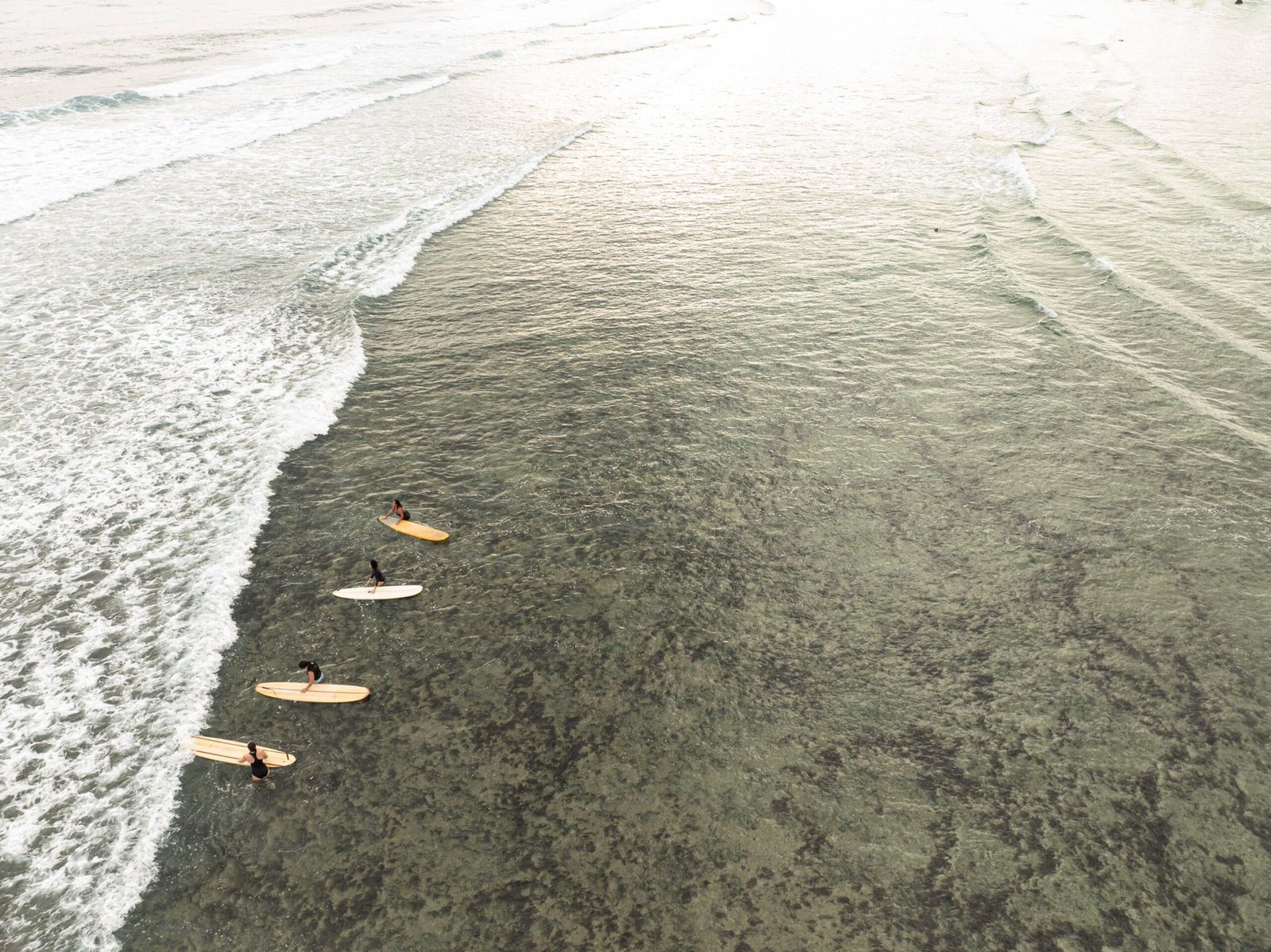

For all its sustainable choices and design ingenuity, the home’s real success lies in how it holds space for family life. “It’s the extra-long hug from your kids, staying a little longer on a really comfortable couch, or stretching a dinner conversation because the mood is just right,” Celina says. “All of that—light, space, warmth—comes with good design.” •


This feature is an expansion of the video episode on Aman Sinaya House by Carol Karthe at Design Will Save the World channel on YouTube. Edits have been made to align with Kanto’s editorial style. Watch the episode here.
